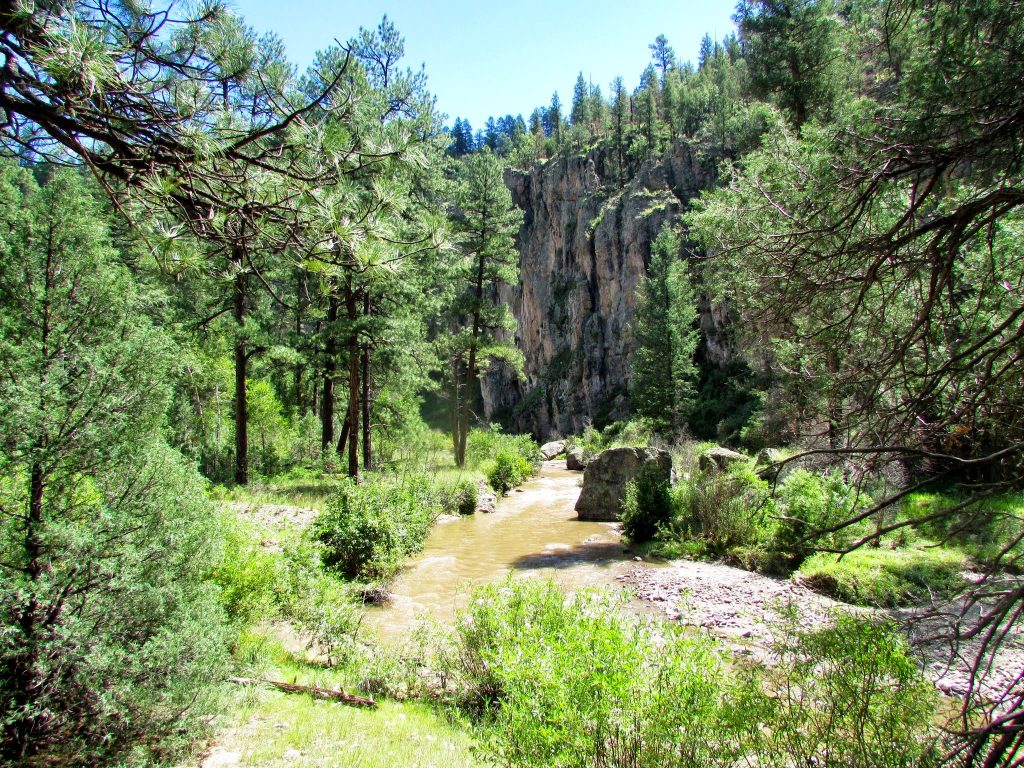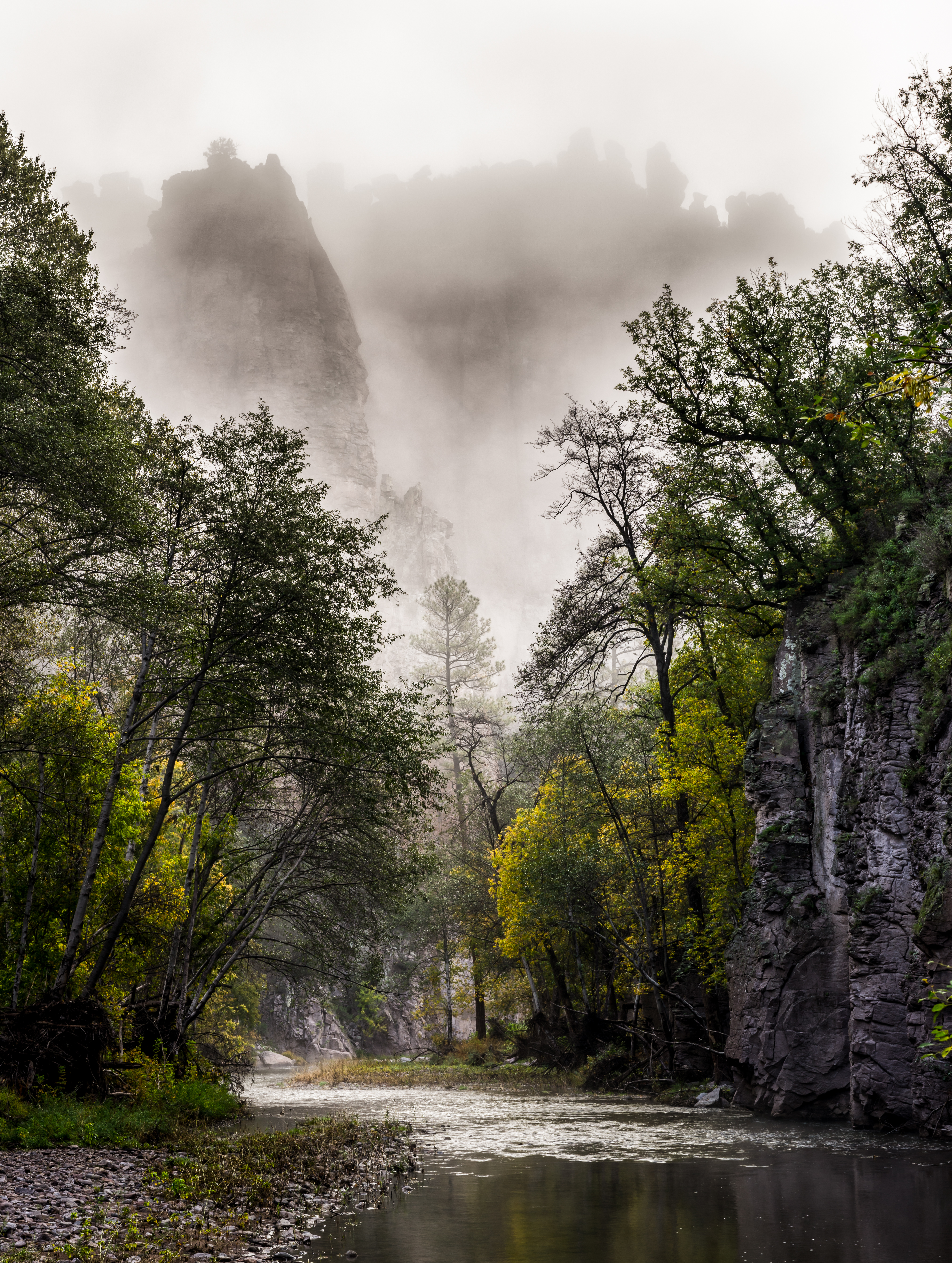Overview

History
The Gila River is the life-blood of southern New Mexico: the last free-flowing river in the state still contains an abundance and diversity of fish and wildlife. The Gila is unmatched for outdoor activities like hiking, hunting and fishing and as a place people can go to enjoy the beauty of nature. The Gila is also a witness to the history of New Mexico: its canyons, cliffs and cottonwood groves are home to historic Native American and early pioneer sites. The Gila is also a source of jobs and revenues, supporting tourism and outdoor recreation as a foundation of the local economy.
MoreWhy Wild and Scenic?
We need to use and develop New Mexico’s natural resources wisely in ways that conserve our rivers and respect our traditions and way of life. The best way to do that is by supporting the campaign to designate the Gila as a Wild and Scenic River. Once we lose the Gila, there is no getting it back.
Proven Water Conservation Measures
Proven water conservation measures can allow us to keep water in the river for New Mexicans to use and enjoy – the floaters, fishermen and farmers, and local communities. Designating parts of the Gila and San Francisco Rivers, as a Wild and Scenic River will protect what makes the region special: the places that contain the best scenery, fish and wildlife habitat, and historic treasurers. Wild and Scenic protection also gives New Mexicans a voice to manage the river for current and future generations.
The Primary Benefits of the Wild & Scenic Rivers Act
The primary benefits of the Wild & Scenic Rivers Act are that it protects the free flow of the river and protects what makes the river special. Sections of the Rio Grande and the Chama River in New Mexico already enjoy the benefits of Wild and Scenic River designation and how how special rivers can be protected and enhanced for everyone’s benefit. Wild and Scenic River designation neither limits the public from accessing public lands nor opens private lands to public access. Designation will not change the existing water rights or irrigation systems. Fishing and hunting regulations will stay the same while habitat that makes New Mexico’s outdoor traditions special will be protected.

